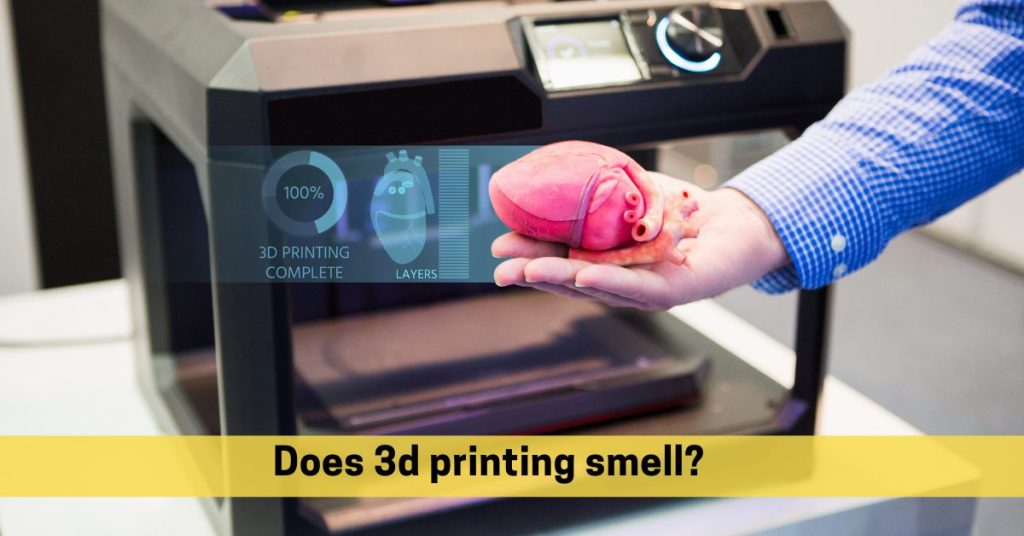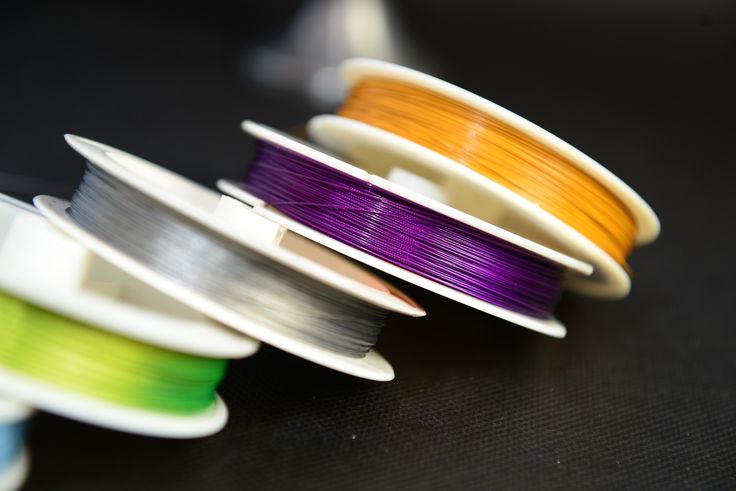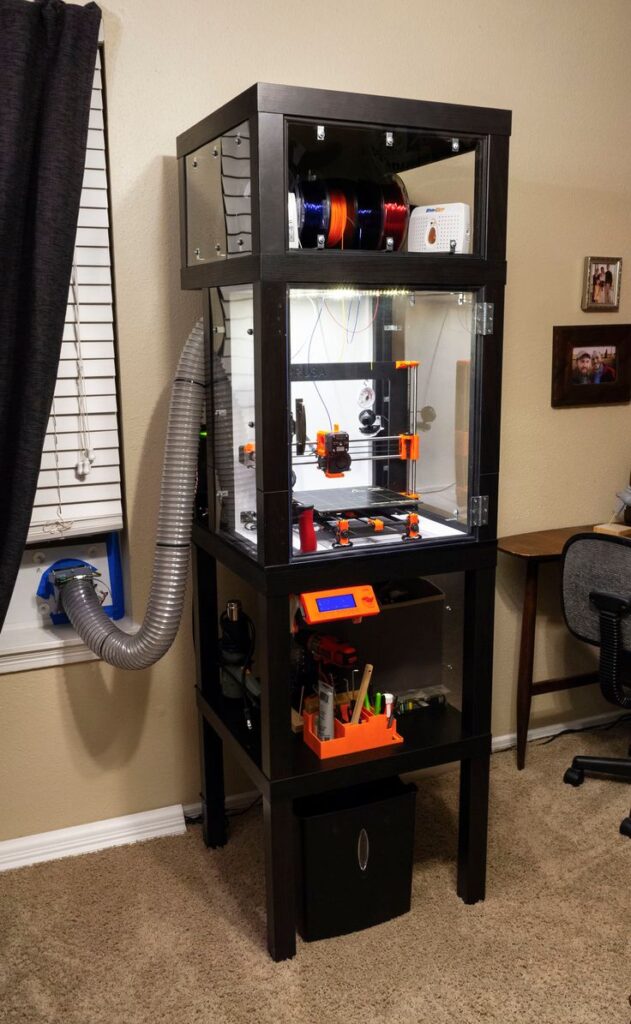In recent years, 3D printing has gained popularity among consumers. A high degree of accuracy and precision is possible with this technology for producing complex shapes and designs. The question of whether 3D printing produces a smell often arises, despite its many benefits.
The purpose of this article is to explore does 3d printing smell, what causes the smell, and how to minimize it.

Does 3d Printing Smell – Solving the Mystery
To answer the question of whether 3D printing produces a smell, the answer is yes. A burning or melting plastic smell is often described as the smell produced by 3D printing. During the 3D printing process, plastic filaments are heated and melted, resulting in this odor.
Here, we will explore the reasons behind the odorous experience encountered during 3D printing.
Filament Materials in 3D Printing:3D printing filaments are typically made from thermoplastics such as ABS, PLA, or nylon. Due to their low melting points, these materials can easily be melted and formed into a variety of shapes with heat.
Release of Volatile Organic Compounds (VOCs):During 3D printing, plastic filament is heated to a high temperature and extruded through a nozzle to create the desired shape. When plastic filament is heated, volatile organic compounds (VOCs) are released, which are responsible for the smell. A large amount of these VOCs can also be harmful if inhaled.
Ventilation and Environmental Factors: 3D printing produces different types of smells based on several factors, including the type of filament used, the printer’s temperature, and the printing duration. According to the type of printing technology used, some 3D printers produce more smell than others. Adequate ventilation and controlling the environmental settings play an important role in managing and even mitigating the scent experienced when working with 3D printing.
Is 3D printing filament toxic?

This is particularly true with filaments like ABS, which, when heated, release styrene – one of the compounds known for their extremely pungent smells and negative effects on the body. The smell created by 3D printing is not harmful in small quantities, but prolonged exposure can cause headaches, nausea, and dizziness. If you’re printing in an enclosed space, it’s important to take steps to minimize the smell.
What Are the Best Filament Materials for Reducing Odors?
the best filament materials to reduce odors in 3D printing are PLA (Polylactic Acid) and PETG (Polyethylene Terephthalate Glycol).PLA are generally safer because they are biodegradable and produce fewer harmful particles.
But even PLA can create ultrafine particles which, of course, could act as respiratory hazards in poorly ventilated conditions,while PETG is odorless and eco-friendly. Both are popular choices for their low odor and ease of use.
What is the best way to get rid of 3D printing resin smell?
Different ways to Minimize the 3D printing smell
- The smell produced by 3D printing can be minimized in several ways. An air filtration system built into a 3D printer is one of the most effective ways to do this. By removing the VOCs produced during 3D printing, these systems help improve air quality in the room and reduce smells.
- It is also possible to minimize the smell produced by 3D printing by using a 3D printer enclosure. The enclosure helps to contain the smell and prevent it from spreading throughout the room by covering the printer. When you are printing in an enclosed space like an apartment or office, enclosures are particularly useful.
- By using a fan or opening windows, you can circulate the air and reduce the concentration of VOCs. In addition, 3D printing smells can be reduced by wearing a mask or respirator.
- Filaments that are low-odor or odorless can also minimize the smell produced by 3D printing. For printing in enclosed spaces, these filaments produce less smell during the printing process.
There are also different types of filaments that produce different amounts of odor. Compared to PLA filaments, ABS filaments produce a stronger smell. Trying different filaments to find one that produces a minimal amount of smell may be worth your while if you’re very sensitive to smells.
Can I 3D Print in an Enclosed Room or Office?

Enclosed 3D printing is achievable even in a room or office, depending on the type of low-odor filaments used, such as PLA. It’s essential to provide proper ventilation to avert the accumulation of fumes, especially when using materials such as ABS. An enclosed printer can further minimize odor and particle dispersion, enhancing safety in such environments.
Conclusion
As a result of heating and melting the plastic filaments, 3D printing produces a smell. This smell can be minimized by using a 3D printer with a built-in air filtration system, using an enclosure, circulating the air in the room, using low-odor or odorless filaments, or wearing.
FAQs
Is 3D printing safe indoors?
When you use PLA, ABS, or resin, releasing dangerous fumes is unavoidable when printing with 3D printers. The solutions include setting up in a garage, near a window, or installing an air purifier. If you wonder whether 3D printing is safe indoors, then yes, as long as you take the necessary precautions
Is it bad to breathe in 3D printer fumes?
The National Institute for Occupational Safety and Health also suggested that 3D printing with plastic can expose operators and bystanders to hazardous hidden particles and gases that penetrate the lungs and have a profound impact on health.
Can I sleep next to my 3D printer?
You should not sleep next to your 3D printer, especially during printing ,it emits carcinogenic VOCs and other fumes. Ventilation is recommended as much as possible to minimize risks.


